Over 25 million people in the United States have limited English proficiency (LEP), which can negatively affect their interactions with the domestic healthcare system. Language barriers are associated with lower-quality clinical outcomes, increased length of stays in the hospital, and higher rates of readmission. Providing access to language assistance for patients is crucial to delivering high-quality care for those who primarily communicate in languages other than English.

Bella Elogoodin, MBA, Vice President for Service Excellence, Language Access Systems/Delivery, and Volunteer Services at the Hospital for Special Surgery (HSS), presented Lost in Translation: Creating Access Pathways for Language Diverse Patients in Rheumatic Care Settings, covering best practices that ensure health systems provide adequate language services to those who need them.
This session is available on demand for registered ACR Convergence 2023 participants through Oct. 31, 2024, on the meeting website.
“Language services, such as medical-certified interpreters and translated materials, ensure that LEP individuals can effectively communicate with healthcare providers,” Ms. Elogoodin explained. “This means that they can access medical care, and they can be informed about their diagnosis.”
Language services don’t just improve access to care for LEP patients. They enhance patient safety, improve health equity, and increase patient satisfaction.
However, building a culture of health equity that prioritizes language services isn’t an overnight process. Ms. Elogoodin explained a vital early step to achieve this goal is community outreach. Collaborating and networking with community organizations and advocacy groups can help healthcare institutions accurately conceptualize and accommodate the unique needs of their patients.
“We want to ask our local communities, ‘How are we doing? What are the other things that we can do?’” Ms. Elogoodin said.
Ms. Elogoodin also highlighted the importance of diversity in the healthcare workforce. Hiring multilingual care providers certainly makes it easier to provide language services for patients, but there must be a formalized infrastructure to ensure these employees are qualified to serve as interpreters in the medical setting.
In addition to the 13 full-time on-site interpreters at HSS, Ms. Elogoodin said the organization has 62 other staff members certified as third-party interpreters. To earn the title of a third-party interpreter, staff must pass a language proficiency test and a second exam where the candidate is evaluated in a staged encounter with a patient. Until staff members pass these exams, they are not allowed to interact with LEP patients about medical issues.
Ms. Elogoodin also emphasized that language services must extend beyond in-person patient visits.
“A language services program can only be successful when it consists of various different modalities,” she said.
According to HSS data, the organization had 28,269 patient encounters that utilized interpreter services in 2022. Of those visits, 10,399 were on site, 6,450 were video encounters, and another 11,420 were encounters on the phone.
Technology’s role in optimizing care encounters extends well beyond virtual visits. Technology can be leveraged to translate vital documents like post-visit summaries for patients. Having these items available in other languages ensures that patients with LEP can access crucial healthcare information, interact with digital health tools, and understand their medical records in their preferred language.
“We also want to look at the technology and integration of artificial intelligence,” she said.

Registered ACR Convergence 2024 Participants:
Watch the Replay
Select ACR Convergence 2024 scientific sessions are available to registered participants for on-demand viewing through October 10, 2025. Log in to the meeting website to continue your ACR Convergence experience.
